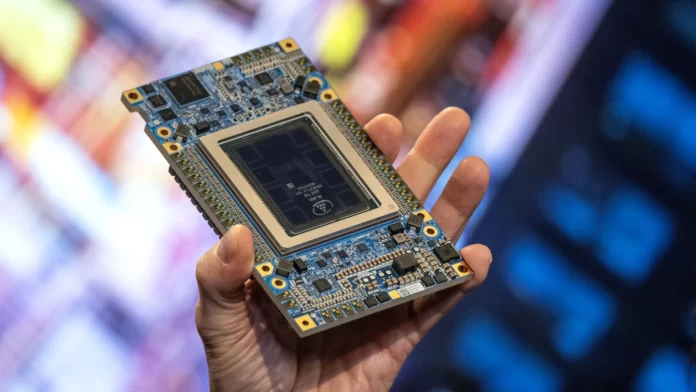Intel has experienced strong demand for its older processors, a trend that company executives attribute to ongoing trade tensions between the U.S. and China.
As a result of the trade war, which threatens Intel’s revenue from its largest market, China, customers are increasingly turning to cheaper, older-generation chips.
Intel’s chief executive of products unit, Michelle Johnston Holthaus, explained that the demand for legacy chips is particularly strong in both the personal computer and server markets. “In client, we are seeing strong demand for older-gen parts, and in data centers as well,” Holthaus said during a call after the company’s quarterly earnings report.
She attributed this shift to macroeconomic concerns and tariff uncertainties, which have led businesses to hedge against potential price hikes and shortages.
Despite a challenging economic outlook, Intel managed to surpass Wall Street’s expectations for its first-quarter sales, as customers stockpiled chips ahead of anticipated tariff increases. Though U.S. President Donald Trump has temporarily exempted chips from tariffs, Intel remains concerned about the impact of China’s retaliatory tariffs, which could impose levies of 85% or more on U.S.-manufactured chips.
Intel’s finance chief, David Zinsner, also voiced concerns about the global trade environment, warning that the rising probability of an economic slowdown and a potential recession could increase costs and affect the company’s performance in the coming months. Higher tariffs on chips could also dampen Intel’s hopes for a recovery in the PC market, especially as the company looks to AI-enabled PCs and a new Windows cycle to boost demand.
In this climate of uncertainty, demand for Intel’s older-generation chips signals that companies are prioritizing reliability and cost-effectiveness over cutting-edge technology. This shift may complicate Intel’s efforts to revive demand for its newer, AI-focused chips in the coming months.




